In this blog, you will learn some simple and effective ways to deal with ants in sandbox.
You will also discover how to prevent them from coming back and how to keep your sandbox clean and safe for your kids.
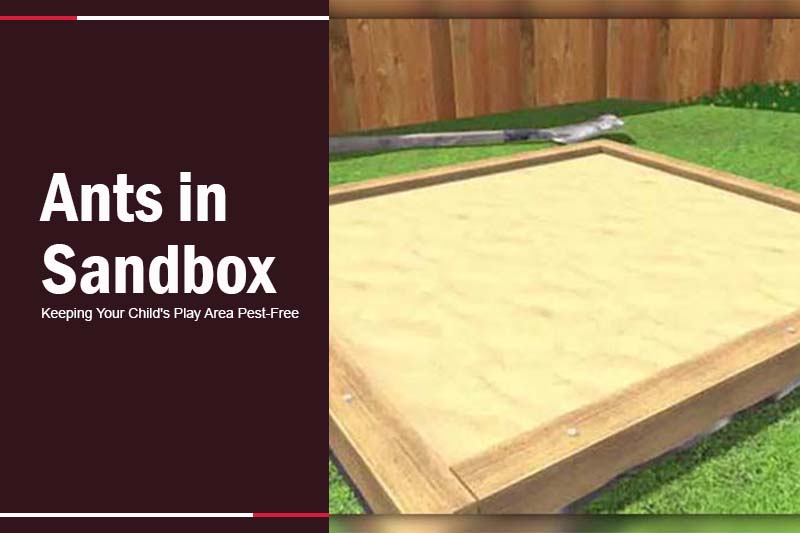
1. How to Get Rid of Ants in a Sandbox?
Finding one or two ants in your sandbox may not be cause for concern, but it could be a sign that a closer look is needed to ensure there isn’t an underlying infestation.
Unfortunately, if you do discover an infestation within the sand, your best course of action is to replace it.
Here’s what to do:
- Remove and properly dispose of the old sand.
- Clean the sandbox with a mixture of dish soap and water, allowing it to dry thoroughly.
- Line the bottom of the sandbox with landscaping fabric, which is a breathable material that lets water pass through while keeping ants and other pests out.
- Refill the sandbox with child-safe play sand.
By following these steps, you can ensure a pest-free and safe play environment for your kids.
2. Why ants are attracted to Sandboxes?
Ants are drawn to sandboxes for a variety of reasons.
- One of the main reasons is the availability of food. When children eat in or near the sandbox, crumbs and scraps of food are likely to be dropped. These food particles are a significant attractant for ants.
- Secondly, the nature of the sandbox environment can also make it appealing to ants. The loose, often damp sand provides an ideal location for ants to establish a colony.
- In addition, if the sandbox is not regularly cleaned and moved, ants may have the opportunity to establish a significant colony, making it even harder to get rid of them.
- Lastly, the presence of toys in the sandbox can also attract ants. Plastic toys can often collect water, providing a source of hydration for ants.
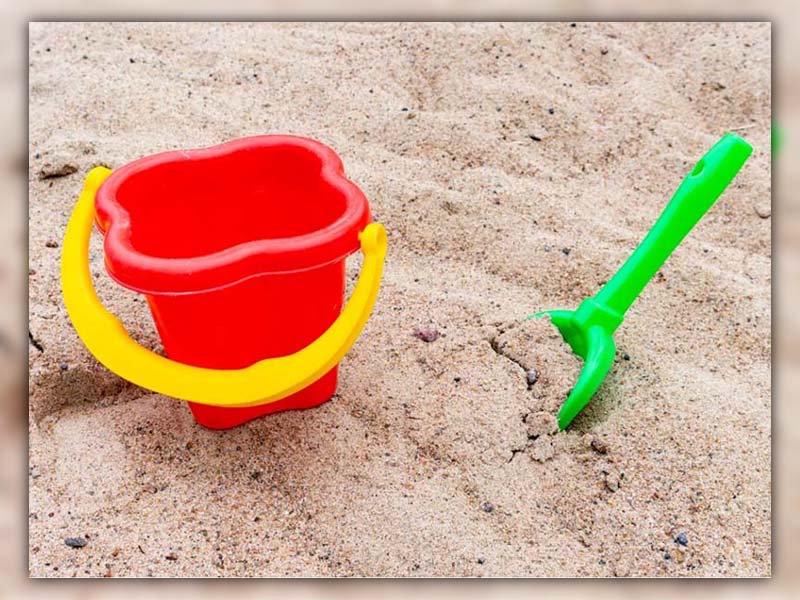
3. How to keep Ants out of Sandbox?
Clean the sandbox thoroughly
Remove the old sand and replace it with new sand. This will destroy their nest and prevent them from coming back.
Clean the sandbox regularly and keep it covered when not in use. This will prevent any ant eggs from hatching and attracting more ants.
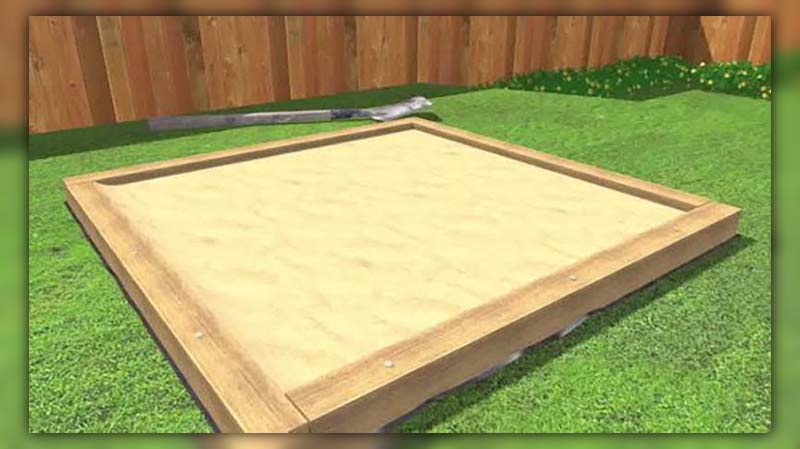
Keep the sandbox covered with a Tarp
Use a tarp or a lid that fits your sandbox. This will protect the sand from moisture and bugs.
Line the bottom of the Sandbox
Landscaping fabric can help you keep ants out of the sandbox. It is a thin cloth that lets water through but blocks bugs.
It stops ants from coming up from the ground and making nests in the sand. It is also cheap and easy to use.
Get rid of Ant hills rear your sandbox area
Destroy the anthills near the sandbox with white vinegar spray. This will kill many ants and make them stay away from your yard.
Consider planting Plants that repel Ants
Ant-repellent plants can keep ants away from the sandbox. They smell bad to ants, so they won’t come near them.
4. The potential risks of having ants in the Sandbox
Having ants in a sandbox can present several risks, both for the children playing in the sandbox and for the sandbox itself.
- Firstly, many types of ants can bite or sting.
- Secondly, ants can undermine the structural integrity of the sandbox. Some species of ants, like carpenter ants, are known to burrow into wood and can cause significant damage.
- Lastly, the presence of ants can also impact the cleanliness of the sandbox. Ants can carry bacteria and other pathogens, which can pose a risk to children, especially if they have a habit of putting their hands in their mouths after playing in the sand.
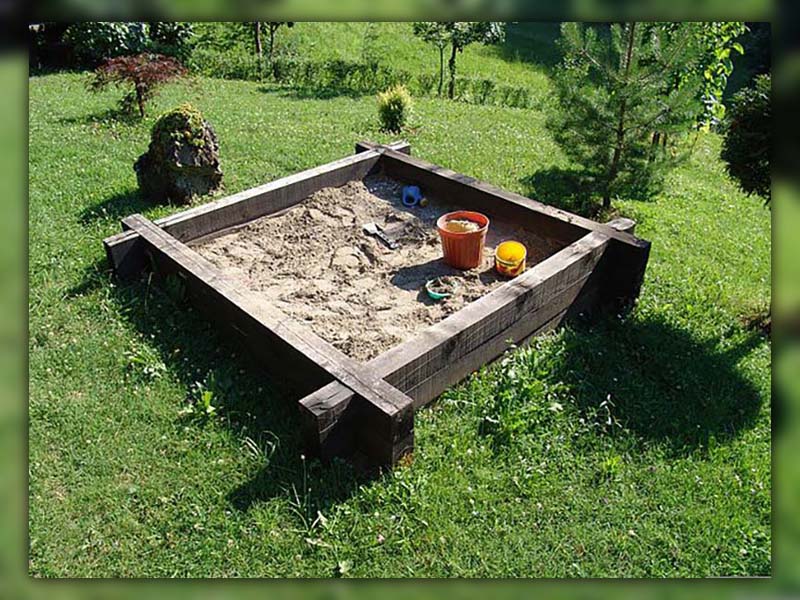
FAQs
Are ants in the sandbox harmful to children?
Generally, ants in the sandbox are not dangerous to children.
However, certain types of ants can bite or sting, causing minor pain and discomfort. In rare cases, children may experience allergic reactions to these bites.
What type of Ants are commonly found in Sandboxes?
Pavement ants, carpenter ants, and fire ants are commonly found in sandbox environments due to their preference for sandy or loose soil.
How can I Naturally Get rid of Ants in the Sandbox?
There are a few natural methods you can use to get rid of ants in the sandbox. These include using a vinegar and water solution, sprinkling cinnamon around the sandbox, using peppermint oil, and keeping citrus peels nearby.
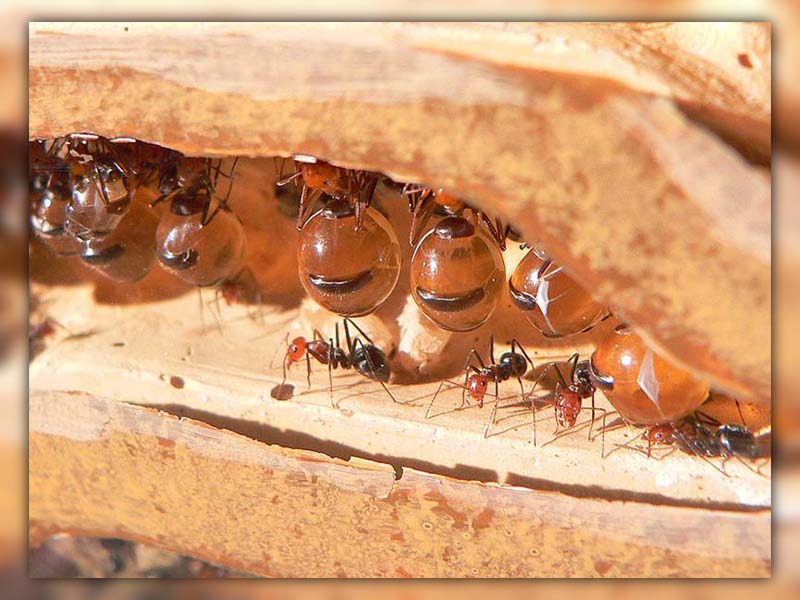
Can I use chemicals to eliminate Ants in the Sandbox?
While there are chemical ant killers available on the market, it’s generally not advisable to use these in areas where children frequently play due to potential health risks. Instead, opt for natural methods or professional pest control services that use child-safe products to eliminate ants.
Conclusion
You have learned some easy and effective ways to get rid of ants in sandbox.
We hope you found this blog helpful and informative. If you want to learn more about how to deal with pests in your home and garden, check out our other blogs at Pestweek.

Calina Mabel has over 15 years of experience in the field of journalism and communications. Currently, Calina Mabel is the Content Writer for categories such as Cockroach, Ants, Bed Bugs, Mosquito, Rodent, Termite, and Flies on Pestweek.com. She aims to build content for these categories with a focus on providing valuable and accessible information to readers, in order to create the world’s largest knowledge community about Pests.
All content written by Calina Mabel has been reviewed by Emily Carter.

